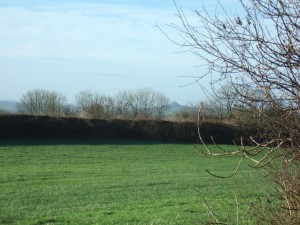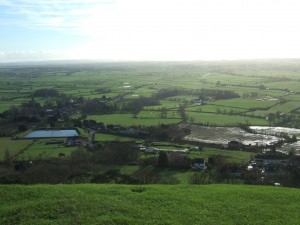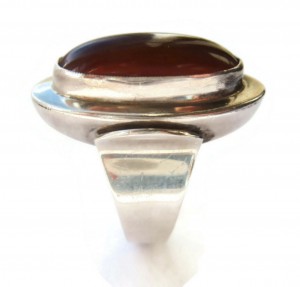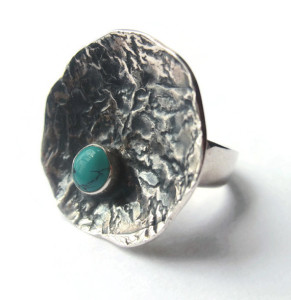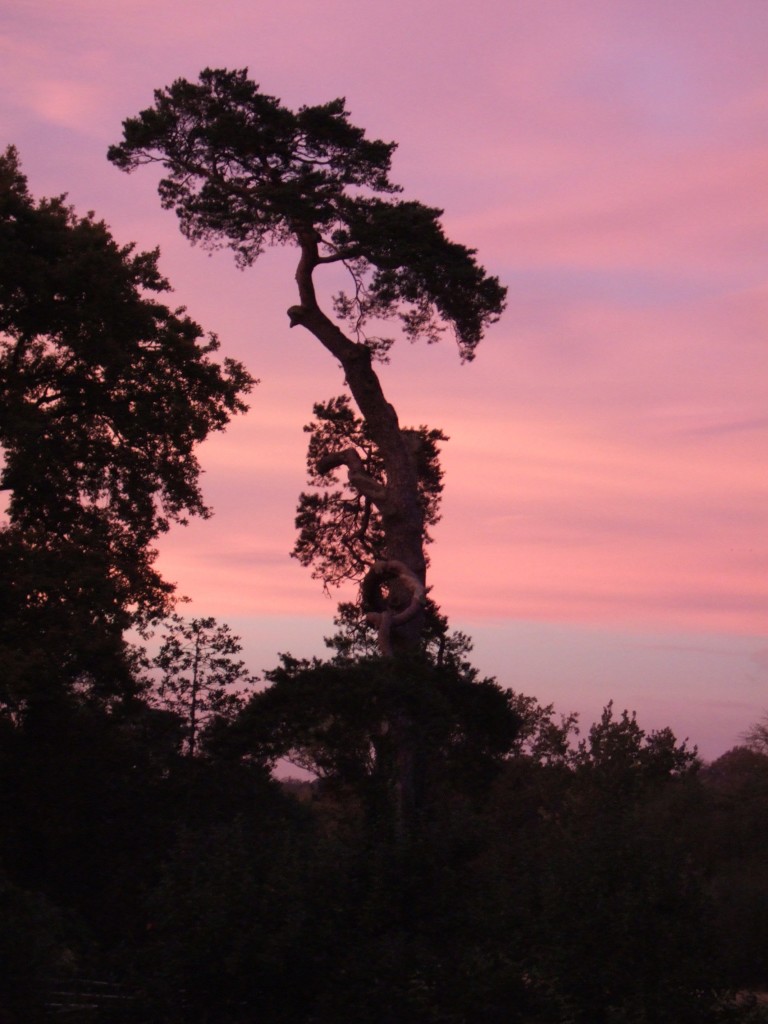Are things ever going to change? We’ve known about sexism for centuries; we’ve agreed something should be done about it for decades, and yet it continues. 51% of the population of the UK is female, not that you’d know it from the BBC’s output.
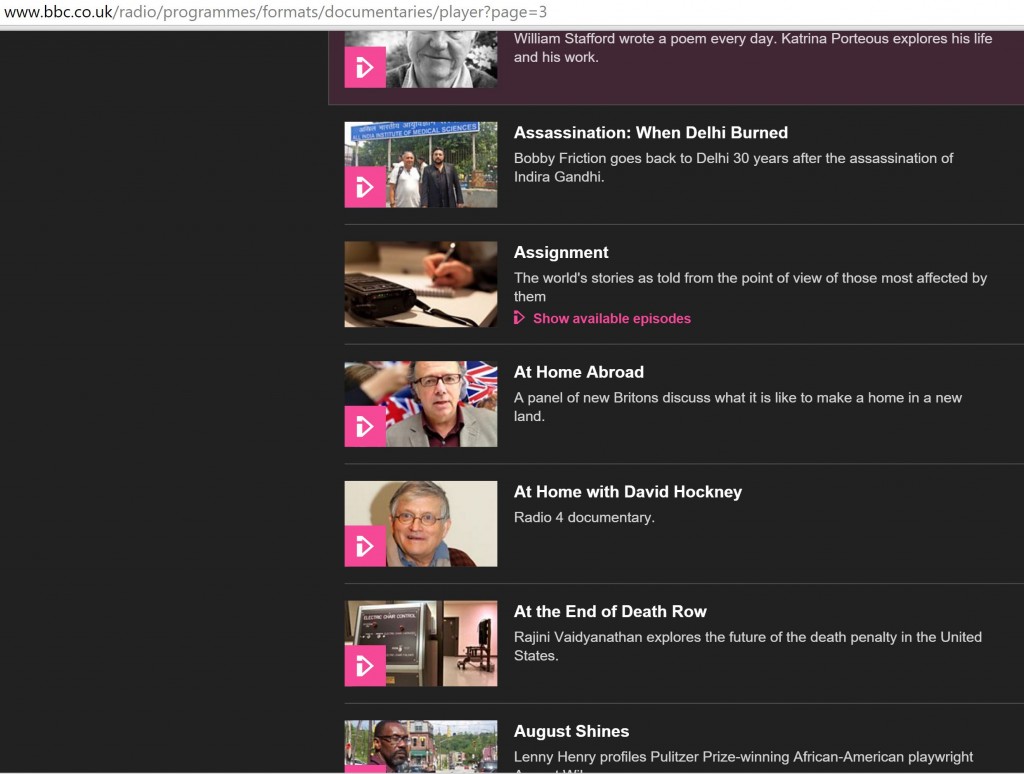
The sausagefest that is the BBC. They’ve got ethnic minorities sorted; how about tackling the biggest, most under-represented minority of all – women?
I was looking for something to listen to today as I worked, so went to the BBC iPlayer for radio. I chose documentaries, because I can always find something new and quirky and interesting there.
After scrolling through a few pages of offerings, and listening to one on Ian Fleming and Chitty Chitty Bang Bang, on page 3 I was struck by something that starkly illustrates the BBC’s problem with sexism. Each programme has a thumbnail picture accompanying it. It might represent the subject matter, or it might represent the presenter. Here’s what I noticed.
37 men in photos, including one of the back of a man’s head
1 photo of an all-boys choir, with 32 boys
7 women in photos, including one photo of a female mouth and one of a female belly dancer in silhouette
1 drawing of a female head
1 drawing showing signage for male and female figures
3 photos showing figures or body parts whose sex couldn’t be discerned (1 Anthony Gormley figure, 2 photos of a hand. They all look male to me, but I’m giving them the benefit of the doubt.)
So we see a total of 70 representations of males, and 9 of females of women. That’s 88.6% males, 11.4% females. Even taking the boy’s choir out of the equation, we are left with 37 men to 9 women. That’s a ratio of less than 1 in 5 of women to men: 19.6% women and 80.4% men.
I know this is just a snapshot and is highly unscientific, but if you try it over and over again across the BBC, it is a pattern that is repeated: male presenters, male writers, male subjects, male viewpoints dominate.
Where are the women?










